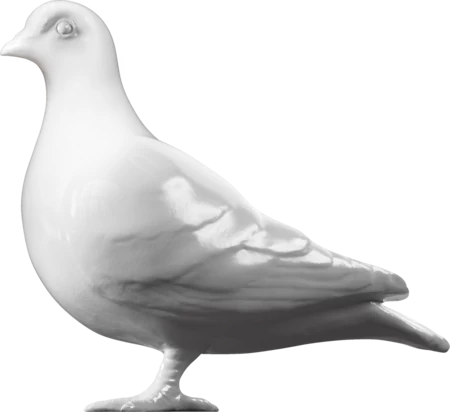Fashion — 1900-1920
Tights, theatre costume tights
Tights, part of a clown suit worn by Whimsical Walker (1851-1934), who worked as a clown in both circus and pantomime. Born Thomas Walker, he first appeared in 1865 and subsequently worked in England and America. In 1886, he appeared by royal command before Queen Victoria at Windsor Castle. This outfit was Walker's best harlequin suit, and he wore it over a period of at least thirty years at Olympia as head clown, and in panto at Drury Lane.
Walker's act was popular with generations of children. In 1928 Dame Laura Knight recorded his appearance in her oil painting, Whimsical Walker and His Buffer, which shows him in this costume with his circus dog or 'buffer'. The artist and performer met and made friends in the 1920s when Walker was working at Olympia for Bertram Mills' and Carmo's circuses, and Knight helped the London Museum acquire the ensemble from Walker's widow. Walker's props were those of the traditional clown: a string of sausages, a goose, and a red-hot poker.
Pair of white machine knitted cotton tights embroidered with a naturalistic flower-pattern embroidered in wool satin stitch on the clocks and continuing further up the sides of the stockings to the thigh, on the outside. The flowers resemble pansies, primroses and roses in red, yellow, purple, orange, pink, light green and sage green.
- Category:
- Fashion
- Object ID:
- 35.19/2
- Object name:
- tights, theatre costume tights
- Object type:
- Artist/Maker:
- —
- Related people:
- Related events:
- Related places:
- Production date:
- 1900-1920
- Material:
cotton, wool
- Measurements/duration:
- L (foot) 248 mm, W (ankle) 125 mm, CM (waist) 880 mm, L (outside leg) 1060 mm, L 1130 mm, W 438 mm, CM 878 mm (waist) (overall)
- Part of:
- —
- On display:
- —
- Record quality:
- 100%
- Part of this object:
- —
- Owner Status & Credit:
Permanent collection
- Copyright holder:
digital image © London Museum
- Image credit:
- —
- Creative commons usage:
- —
- License this image:
To license this image for commercial use, please contact the London Museum Picture Library.
